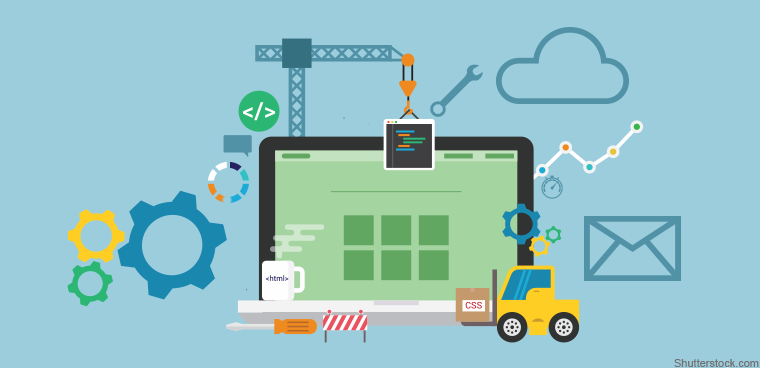From designing to deployment, using a low-code app development platform dramatically decreases an amount of time needed to design, deploy, as well as change the powerful enterprise applications. When you use the right low code app development include technology that will accelerate your way to success. With the low code platforms, you do not need to write any code systematically. It enables you to draw the flowchart and you will see the code getting created for you. The code-development will get a bit faster when this technique is used.

Features of Low Code Platform
Before we move to the low-code app development platform, it is very important that you look some of its features:
Mobility
With a wide variety of mobile devices like tablets and cell phones, applications need to have the cross-platform functionality in their design. With the low-code development app it must happen behind automatically, without any extra effort, resources and coding.
Visual modeling
The low-code development platforms visual modeling interface generally allows you see how the application appears when you build it. These visual models are a bit simple to understand compared to traditional coding text that allows non-programmers and developers to grasp app design a bit faster. This makes it simple for the business users, since they know the main logic of their development.
Security & Scalability
The low-code development platform has had its knocks especially in terms of security & scalability. At first, low-code app development was mainly focused on the departmental, smaller, as well as less critical abilities, but now low-code is used for enterprise-grade. This platform has got necessary security certifications, and proven their experience even with the large-scale initiatives.
Difference between Low-Code and No-Code
The low-code & no-code initiatives are packaged together in a same platform. For instance, the low-code development process automation solution can provide tools & integrations essential to the design processes without writing down custom scripts. But, this same solution will offer the scripting environment and allow IT to include existing and new code –so that option for the low-code still remains.
The major difference between the low-code & no-code lies in platform’s intended user and is a right platform for the non-technical personnel and for people with the development skills.
No-code platforms provide just prebuilt actions and are perfectly fit for the non-IT teams and developers that want limited process and app development (project management application, or mobile application for event).

